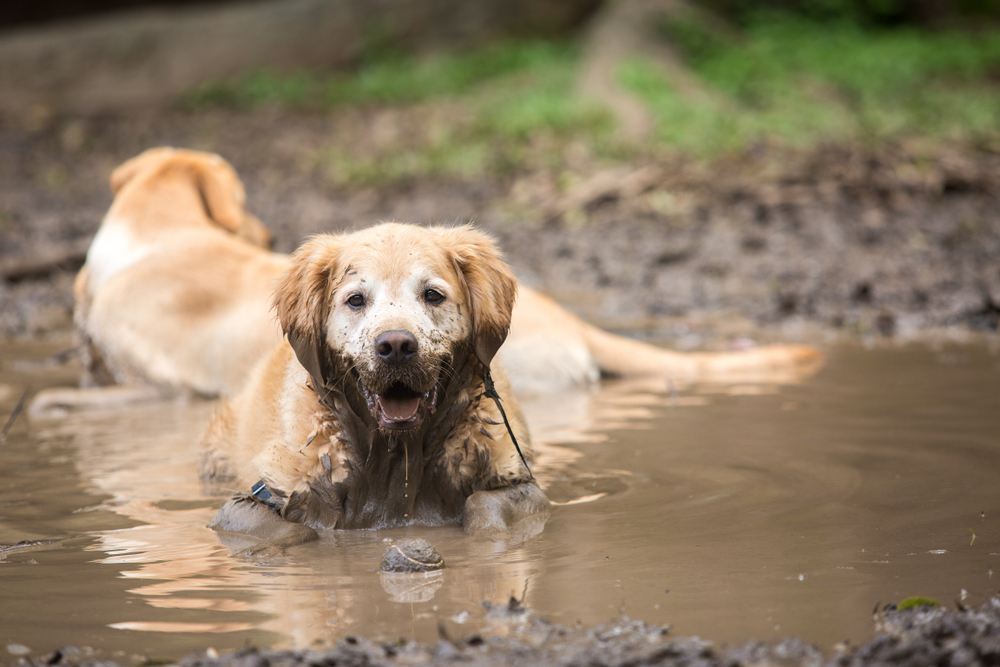The Rise of Leptospirosis in Dogs

Leptospirosis may not be the topic that great conversations are made of, but it is one every pet owner should understand. This illness not only affects our animal companions but it is also zoonotic, meaning it can be transmitted to humans.
9% of dogs are estimated to be shedding leptospires, the bacteria responsible for the disease, even if they are asymptomatic. Leptospirosis continues to be on the rise, especially in canines, so it’s essential to understand what it is and how to prevent it.
Your friends at Oakland Veterinary Referral Services want to update you on this potentially fatal illness in order to keep your dog and whole family safe.
An Overview of Leptospirosis
Leptospirosis is a disease that comes from contact with the spiral-shaped bacterium, leptospira. These bacteria live in soil and water, and an infected animal sheds the bacteria in its urine. An infected animal can transmit the bacteria to other animals, and even to humans. The disease is worldwide and also affects livestock.
Symptoms of Leptospirosis in dogs include:
- Lethargy
- Weakness
- Weight loss
- Anorexia
- Diarrhea and vomiting
- Muscle tenderness
- Shivering
- Frequent urination/dehydration
- Loss of appetite
- Edema
- Abnormal bleeding
- Jaundice
- Fever
Some dogs are asymptomatic meaning they don’t show symptoms. Many dogs have mild to moderate cases of Leptospirosis, while others can experience more severe symptoms leading to liver or kidney failure.
Among dogs diagnosed over the past few years, the majority of these new cases occurred in urban areas. There are a few thoughts behind this. First, many of the affected regions had a higher number of rodent populations intermingling with areas where dogs live. Dogs are also at greater risk of contracting the disease when they visit places like dog parks, areas with standing water including puddles, like ponds and shallow lakes, and other places that allow for animals to be in close contact with each other and wildlife.
Other changes that have accelerated the spread of Leptospirosis are climate change, encroachment of humans on formerly wild habitats, and population growth.
Preventing the Spread of Leptospirosis
Leptospirosis spreads through contact with contaminated water and soil. That said, to prevent your pet from acquiring the disease, you must keep your pet from drinking from unknown water sources, as well as rooting around in soil. It’s best to bring your own water and bowl for your dog and prevent them from drinking from communal bowls at parks.
Dogs that are more at risk include those with access to standing water like ponds as well as dogs who hunt, hike, camp, and otherwise spend time outdoors. These pets may benefit from the Leptospirosis four-serovar vaccination. Speak to your family veterinarian about a recommendation of the vaccine.
Treating Leptospirosis relies on antibiotics and supportive care, while monitoring liver, kidney, and other organ function. It’s imperative that all family members use caution when handling a pet with Leptospirosis, including using surgical or rubber gloves when caring for the pet. Avoid coming into contact with their saliva, urine, and mucous membranes. Quarantine infected pets from other pets and public areas.
To recap, the risk of your pet contracting this potentially deadly disease is based on a number of factors. We advise keeping your pet from drinking from stagnant water, but we understand that for dogs who are avid outdoor fur friends, it may not be possible. This is when vaccination can be your best bet for safety.
If you would like more information about Leptospirosis and the vaccine, or to schedule an appointment with us, please call!


